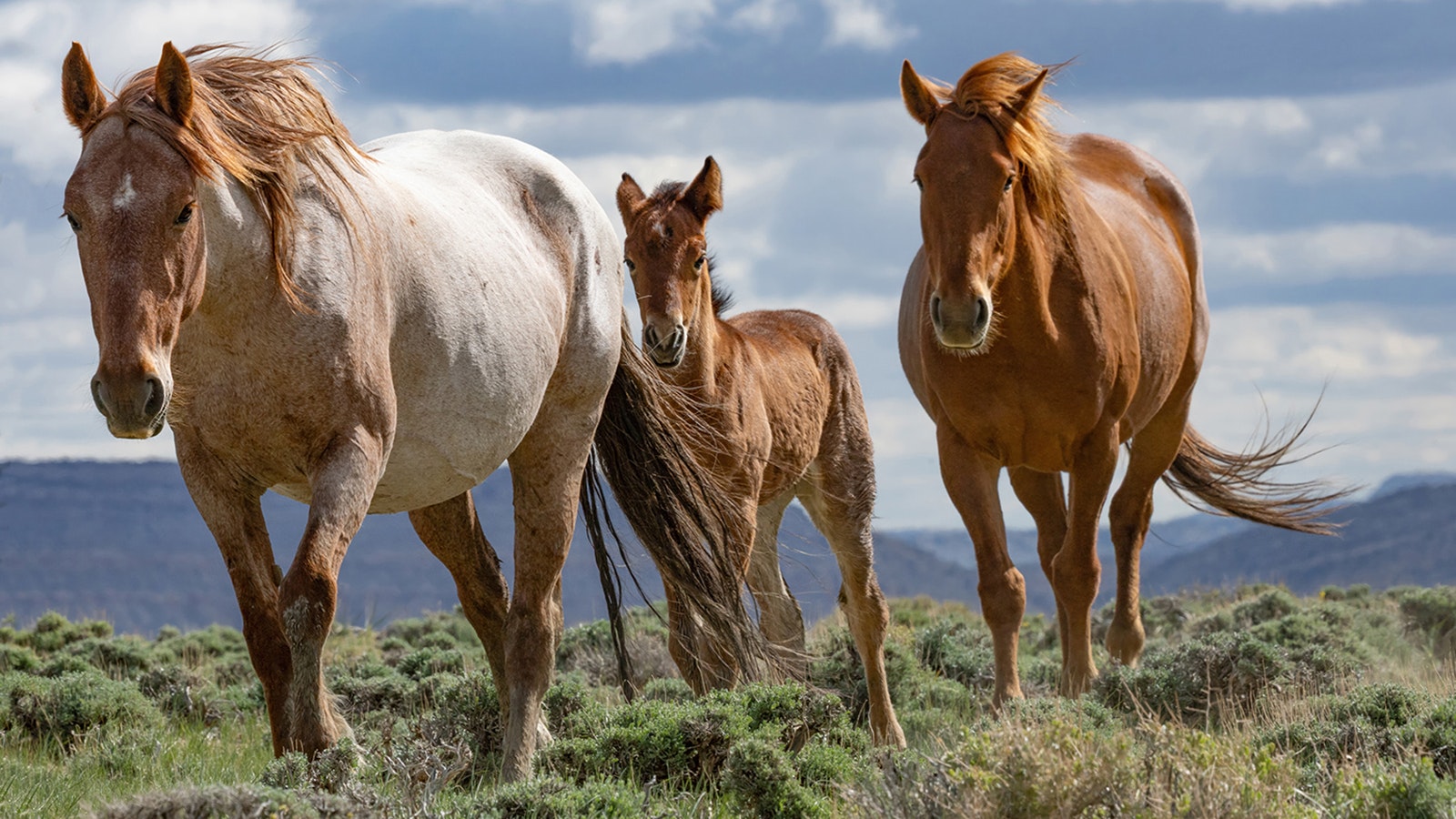The delisting of grizzly bears in Wyoming and the surrounding Yellowstone region is grossly overdue, Wyoming Game and Fish Department Director Brian Nesvik told members of Congress.
“The reason (grizzly bears) remain listed is not based in biology, but rather in administrative complexities and technicalities espoused by federal judges and court decisions,” Nesvik said during testimony Thursday at a legislative hearing before the U.S. House Water, Wildlife and Fisheries Subcommittee.
“Each time this population has been delisted, the proverbial goal post required to delist has moved – and each time it has moved, the states have responded with corresponding changes to regulatory mechanism and statues,” he added. “But to date, to no avail.”
He was testifying in favor of House Resolution 1245, the Grizzly Bear State Management Act, introduced and sponsored by U.S. Rep. Harriet Hageman, R-Wyoming.
It calls for delisting of grizzly bears in the Greater Yellowstone Ecosystem of Wyoming, Montana and Idaho. Bears inside Yellowstone and Yellowstone parks would remain under federal protection.
It’s part of a wider push to delist grizzly bears and is in addition to a similar bill sponsored by Wyoming’s U.S. Sens. Cynthia Lummis and John Barrasso, along with negotiations between the U.S. Fish and Wildlife Service and Gov. Mark Gordon.
Rep. Matt Rosendale, R-Montana, told the subcommittee about a similar bill that he’s sponsoring. House Resolution 1419, the Comprehensive Grizzly Bear Management Act, would desist grizzly bears in northwest Montana, near Glacier National Park, but not within the park itself.
There are about 1,100 grizzly bears in that region, Rosendale said.
Way Past Recovery Numbers
Grizzly bears were first put under Endangered Species protection in 1975, when there were thought to be only 136 in the Greater Yellowstone, Nesvik said. Their population reached 500, the supposed target number for delisting, in 2003, and has since more than doubled.
Grizzlies now occupy all of the suitable habitat in the Greater Yellowstone and have started to push into areas where there’s too much potential conflict with humans, he said.
Hageman said previous efforts to delist grizzlies in 2009 and 2017 failed not because of shoddy science, but because of federal court injunctions pushed by environmental groups.
She also accused Democrats of focusing only on the number of bears that might be killed if they’re delisted, rather than the abundant populations of “live animals” that would remain in the wild.
“While the Democrats want to focus on death, that isn’t even a factor to be considered under the Endangered Species Act,” she said, because it’s the number of live animals in a population that matters.
Can States Be Trusted?
Even so, it’s uncertain whether the states can be trusted to manage grizzly bears, retired USFWS grizzly bear biologist Chris Servheen told the subcommittee.
Servheen, who ran the USFWS grizzly recovery program for decades, said he initially trusted the states and favored delisting. But he’s since been disheartened by especially heavy-handed wolf killing in Idaho and Montana and worries that states would be equally gung-ho about killing grizzly bears.
Hageman pushed back while questioning Servheen, saying there are “tripwires” in place that would automatically relist grizzlies or wolves if states kill too many.
If grizzlies are delisted, Wyoming plans on opening a hunting season for them, limiting the number of grizzly tags to about 40.
And they won’t be cheap. The Wyoming Legislature during its recent session passed a bill that will hike the prices of many nonresident hunting tags, including boosting the price of grizzly tags from $6,000 to $7,500.





